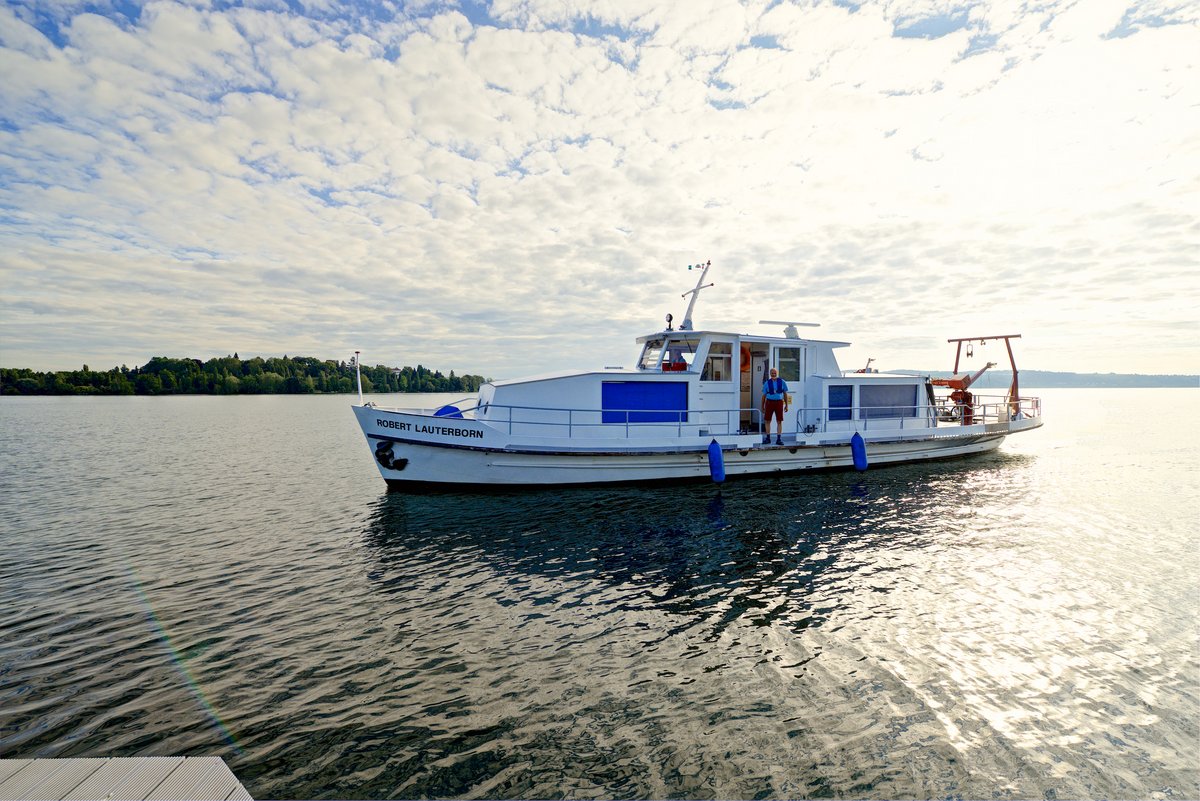
Our research vessel is named after the professor, hydrobiologist and researcher of the River Rhine, Prof. Dr. Robert Lauterborn (retired 1935). The ship itself and its conversion into a research vessel (working deck with cranes, hydraulics, three-phase current, two laboratories) was a gift from the state government of Baden-Württemberg on the occasion of the inauguration of the Limnological Institute in Konstanz in 1971. In addition to the working groups of the Institute, it is also available to all other researchers at the University of Konstanz as well as cooperation partners at other institutes or facilities for research questions and sampling in the context of Lake Constance. Berth is the Konstanz harbor Klein Venedig (outer pier).
The ship's data in brief:
Year of construction: 1955 as a passenger ship
Converted to a research vessel: 1970
Length overall 22.40 m
Width 4,65 m
Draught 1,30 m
Maximum number of passengers: 25
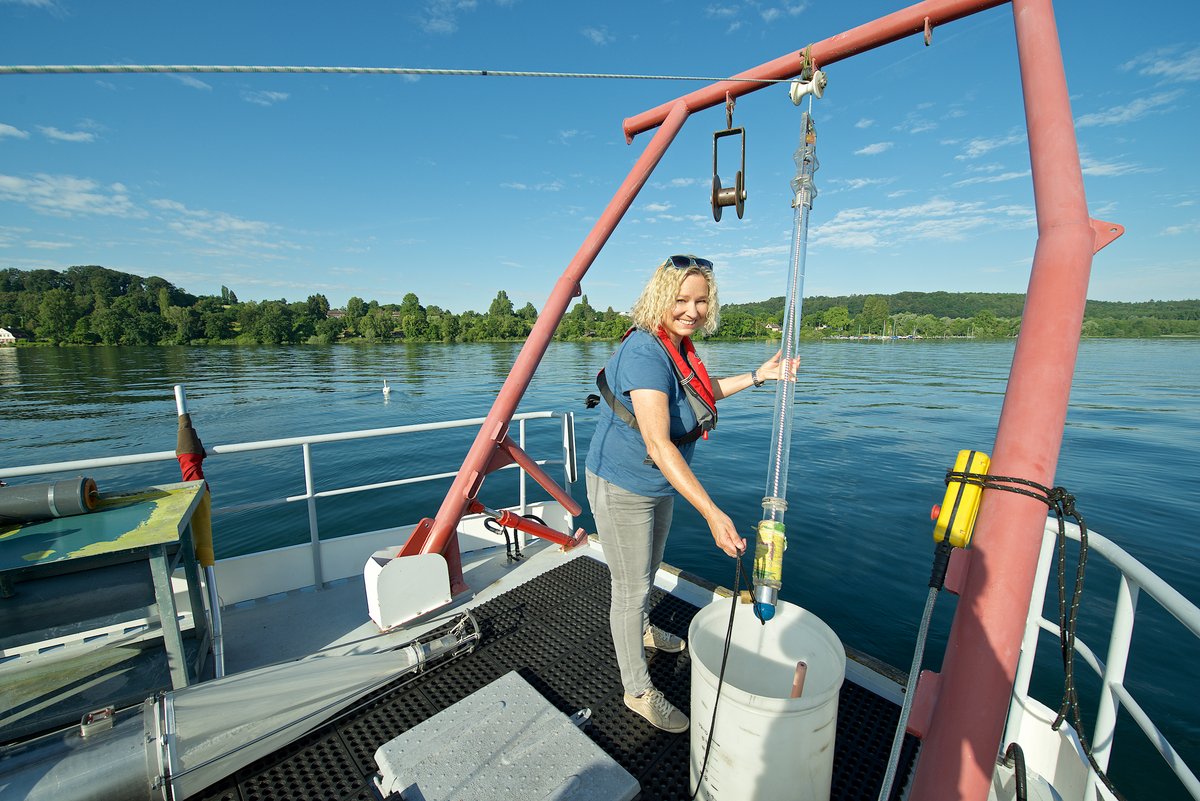
The crew consists of at least two persons, the skipper - with at least skipper's license category C - and one assistant (mooring person) - with at least skipper's license category A.
During the routine trips, at least one technical employee is on board of the vessel for the extensive sampling (counting samples for rotatoria, bacteria, phytoplankton, ciliates, crustaceans; total DNA samples of different size classes; chlorophyll, calcite, cyanotoxins if applicable, etc.) and the processing of the samples.
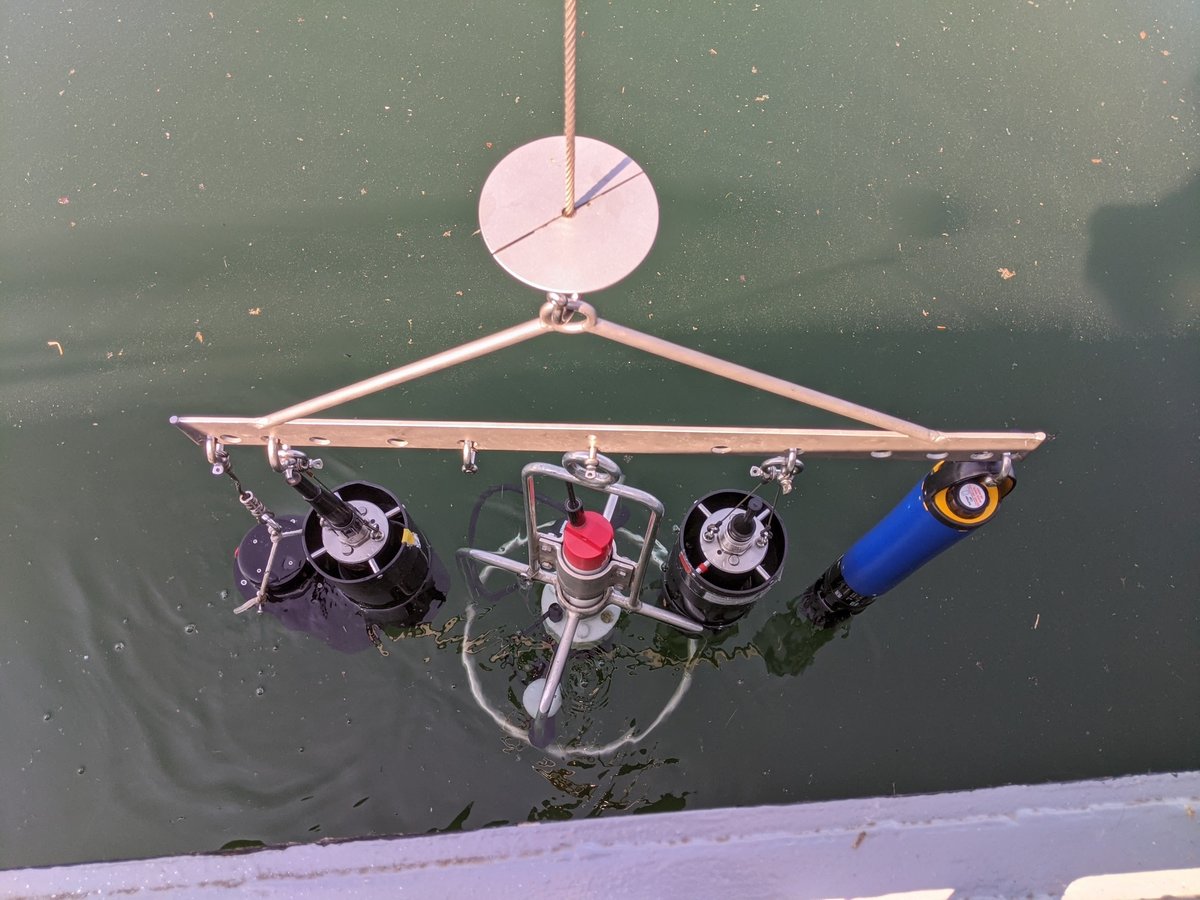
Various multiparameter probes are also used to record depth profiles along the water column (0-100m depth; temperature, pH, oxygen, conductance, redox potential, turbidity, UV nitrate-N, PAR, Chl-a, phycocyanin and phycoerythrin fluorescence), which are evaluated directly on board the vessel to decide on further sampling from targeted depth levels (e.g., targeted sampling of the chloropyll-a maximum and phycoerythrin-depth maximum, if applicable).
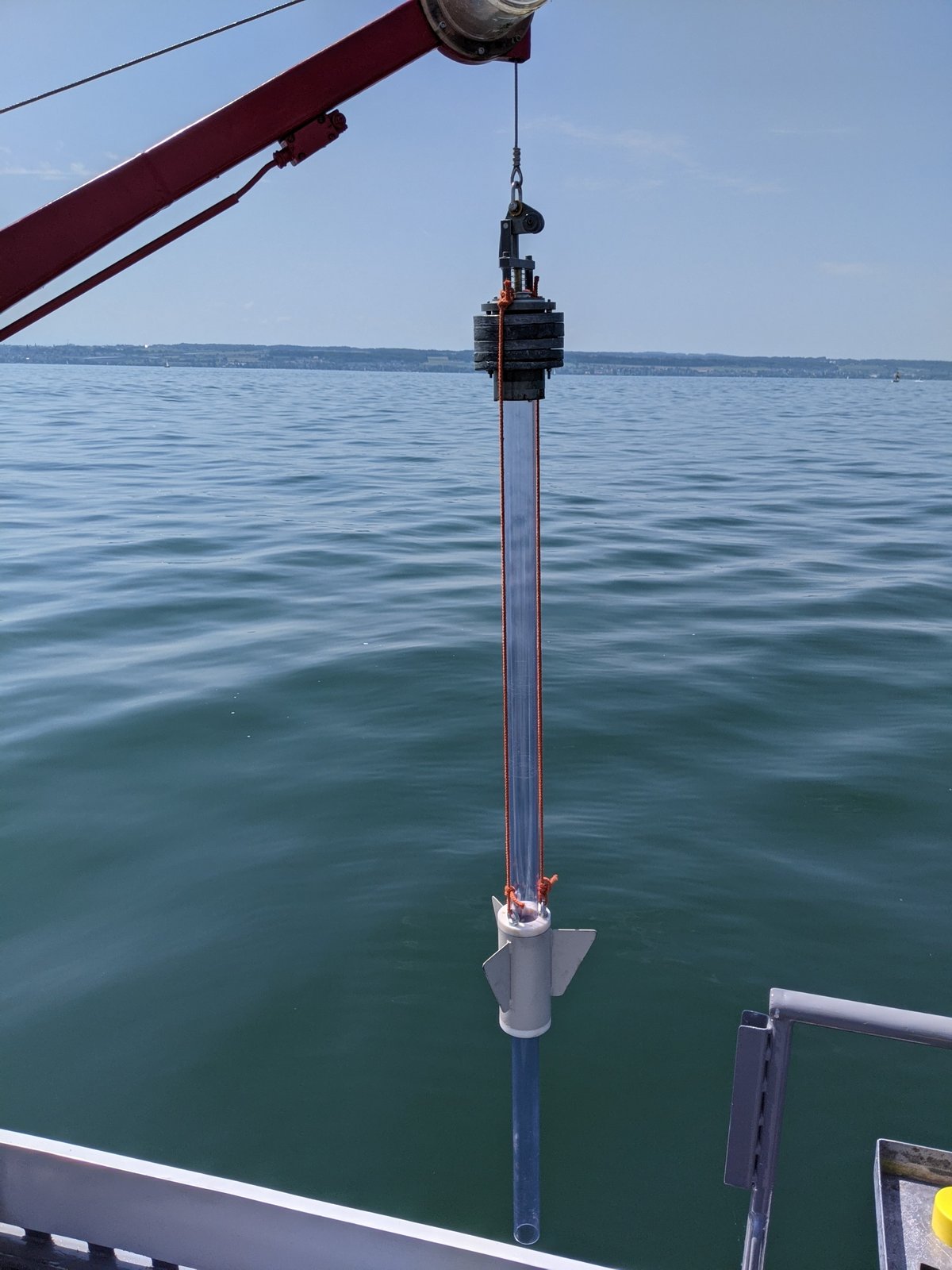
In addition, cores of the very finely laminated lake sediment can be sampled by sediment corers (gravity corers) for microbiological studies and paleolimnological environmental DNA (eDNA) analyses. The sediment surface can also be filmed by a camera with spotlight to document the presence of the quagga mussel or other growth, such as aquatic plants or biofilms, on the lake sediment surface.
Where and when
Routine trips to Lake Überlingen off Wallhausen: Thursdays fortnightly. Trips to Untersee or other parts of the lake: As needed/seasonal.
Researchers of the University of Konstanz and cooperation partners from other institutes and facilities are welcome to join and employ the ship for their own sampling, whom please contact Prof. Dr. David Schleheck, responsible for the organization of the ship cruises.
-
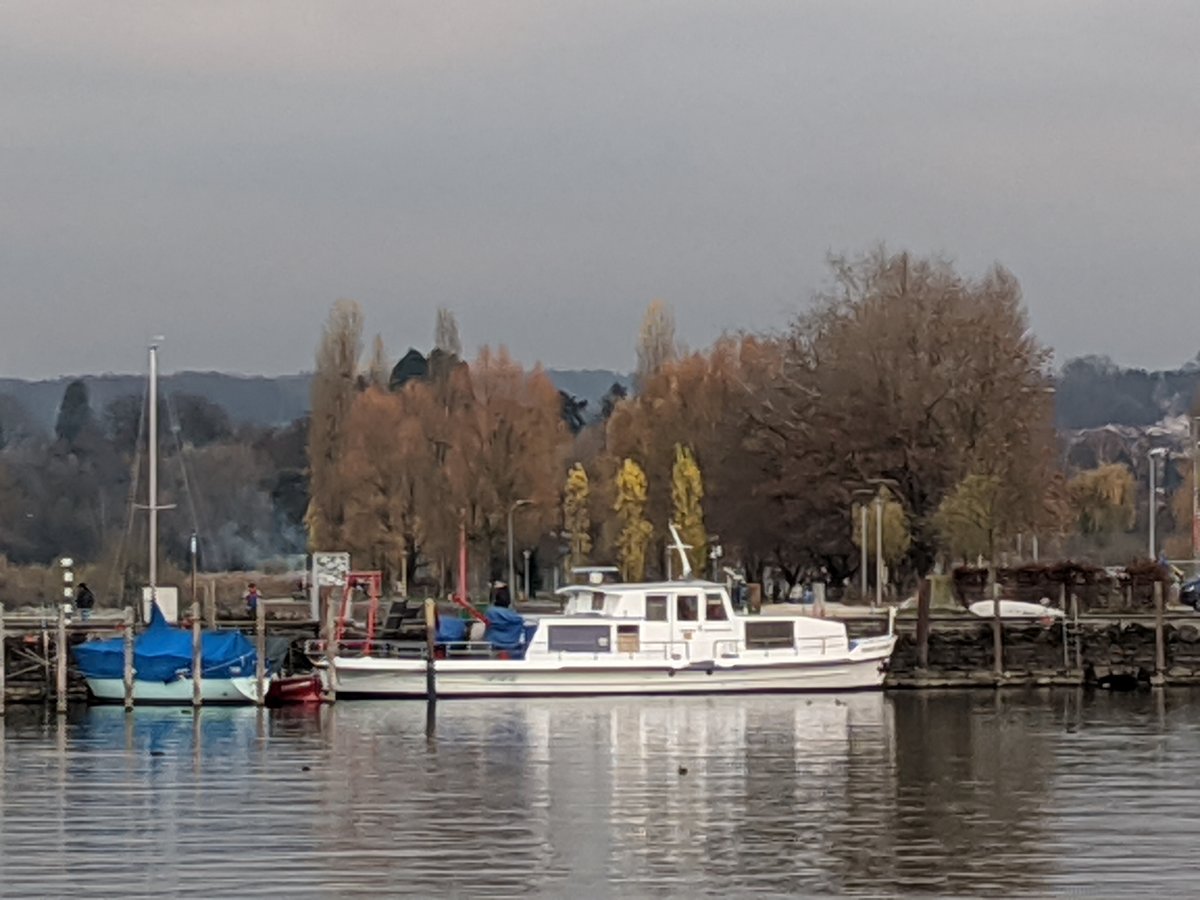
(c) David Schleheck, Limnological Institute, University of Konstanz -

-
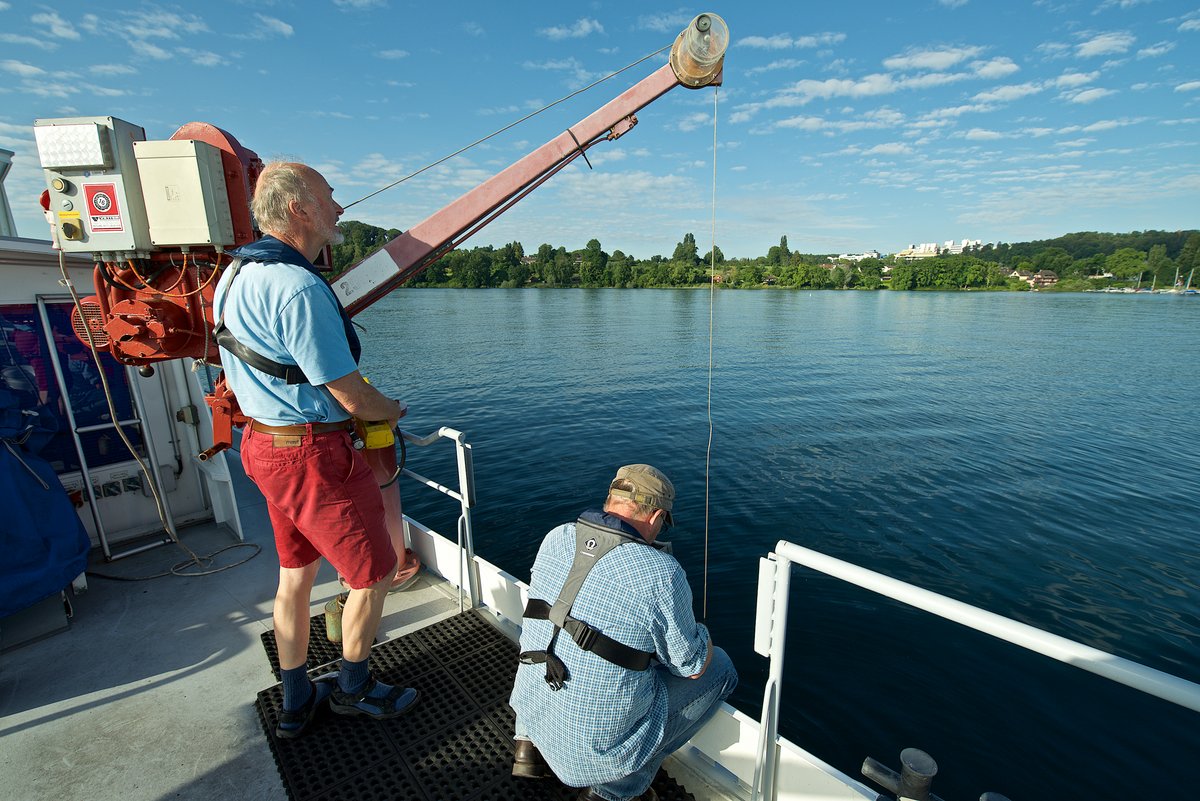
-

-
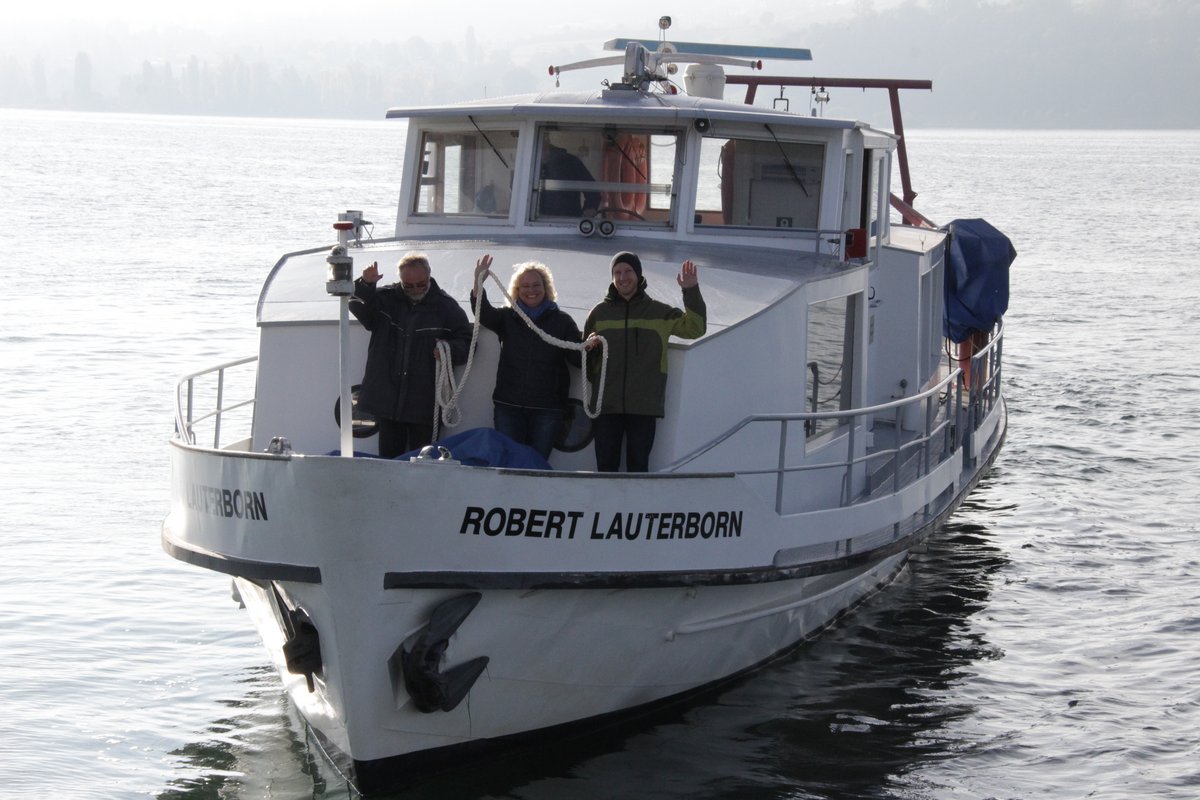
-
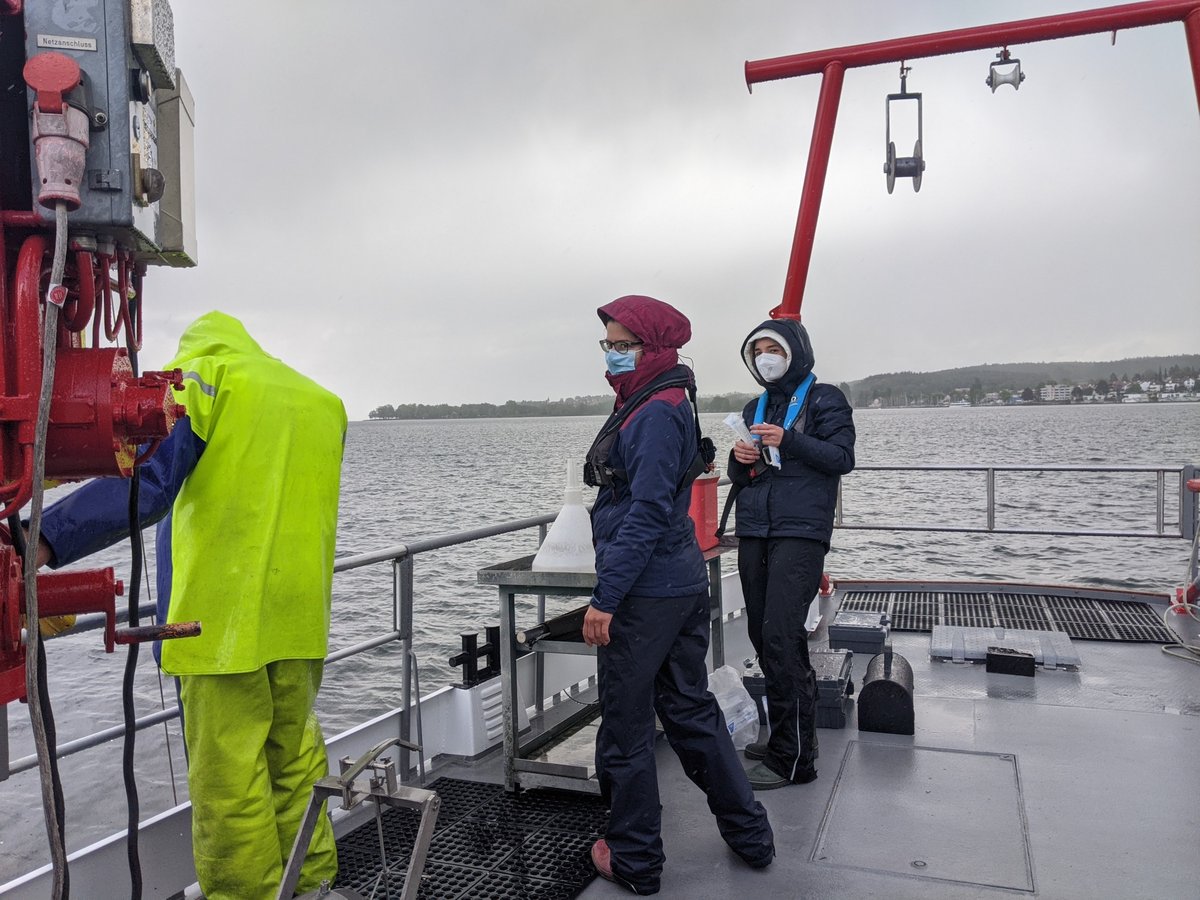
(c) David Schleheck, Limnological Institute, University of Konstanz -

(c) David Schleheck, Limnological Institute, University of Konstanz -

(c) David Schleheck, Limnological Institute, University of Konstanz -
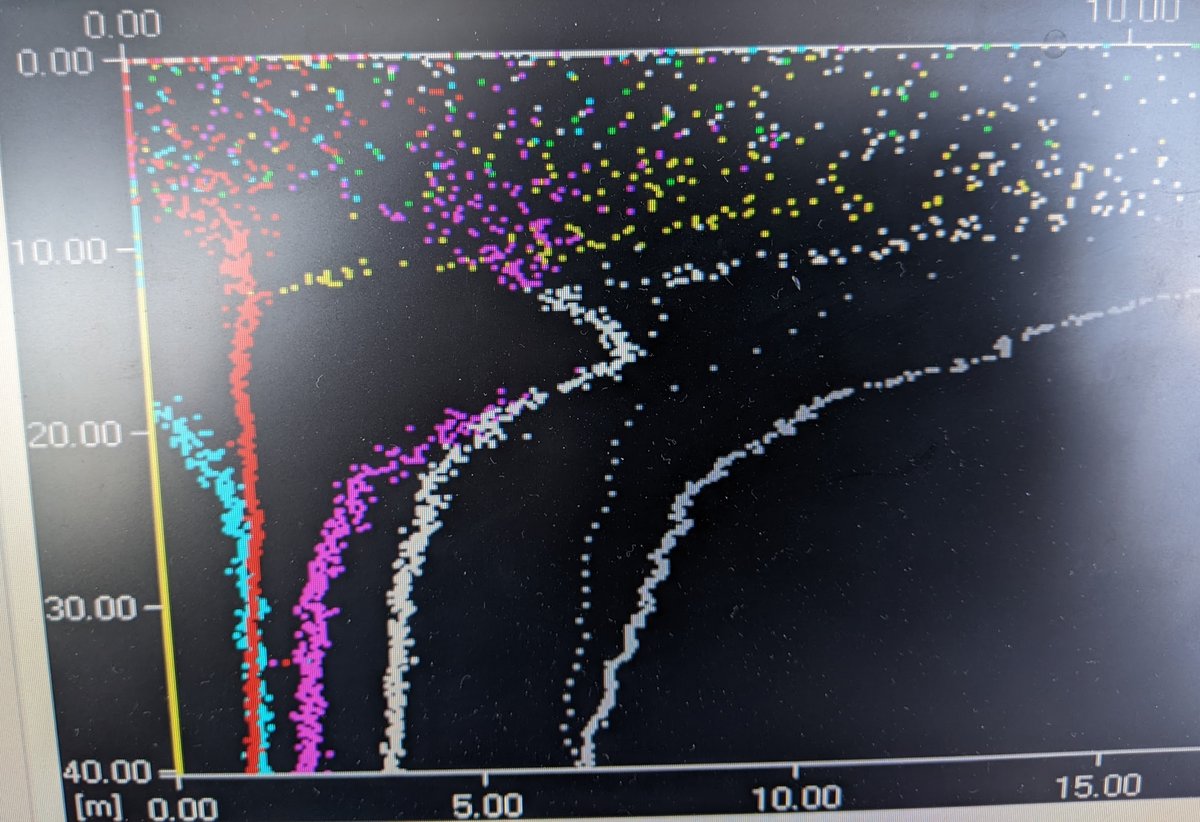
(c) Limnological Institute, University of Konstanz -
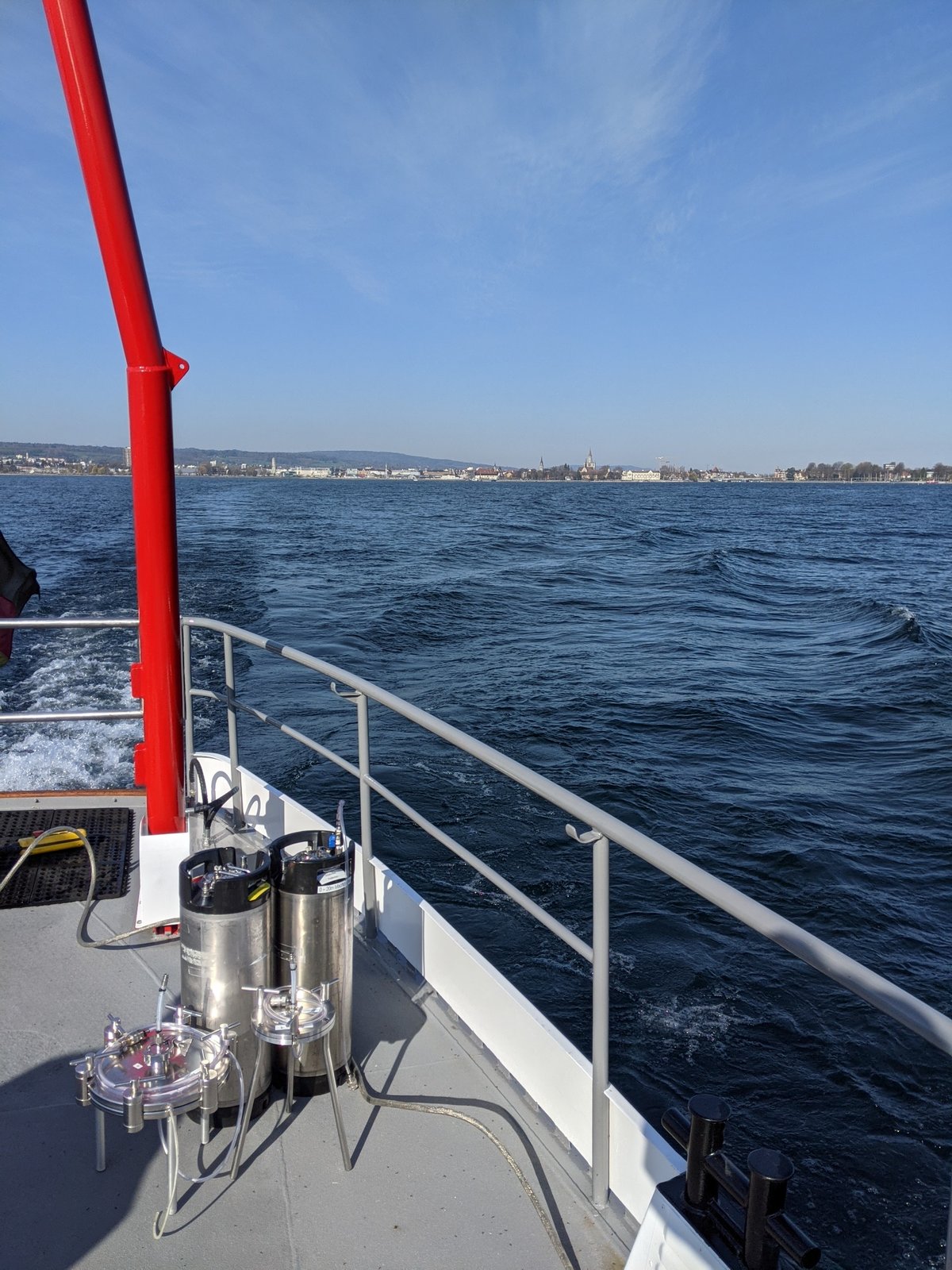
(c) Limnological Institute, University of Konstanz
